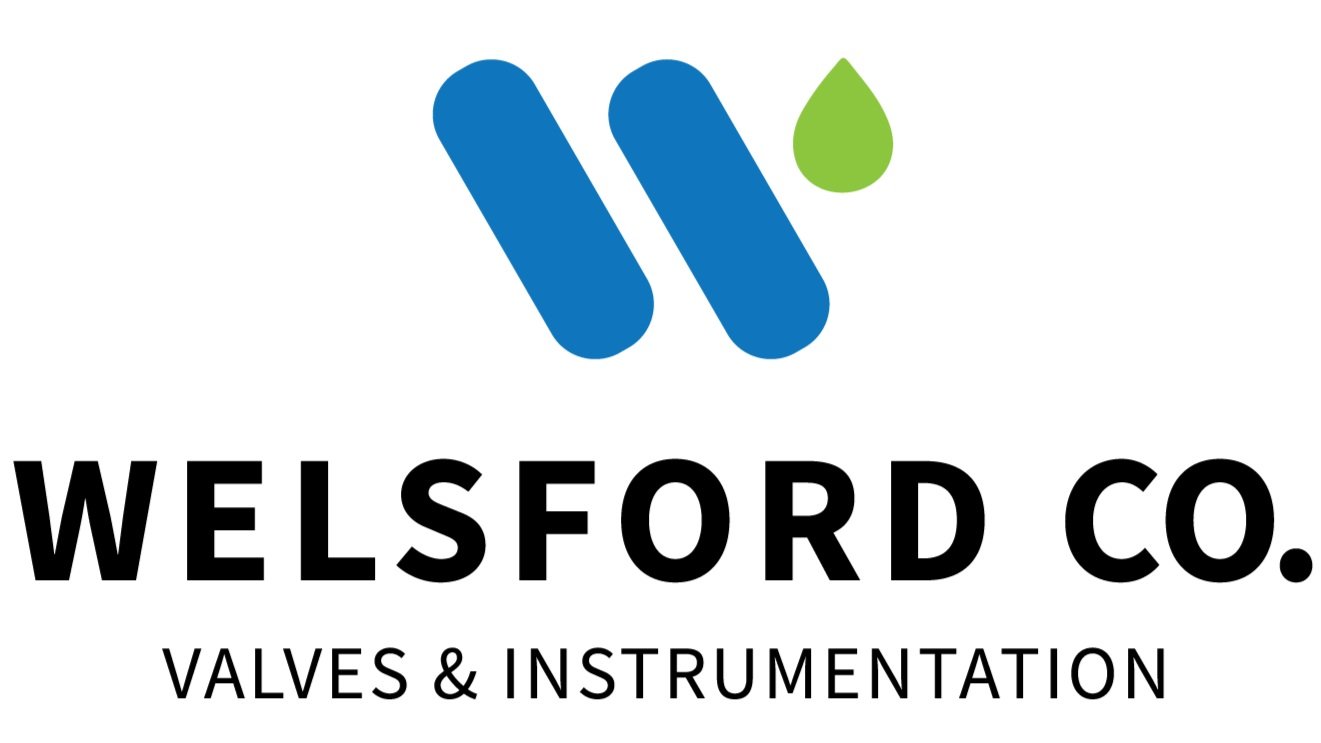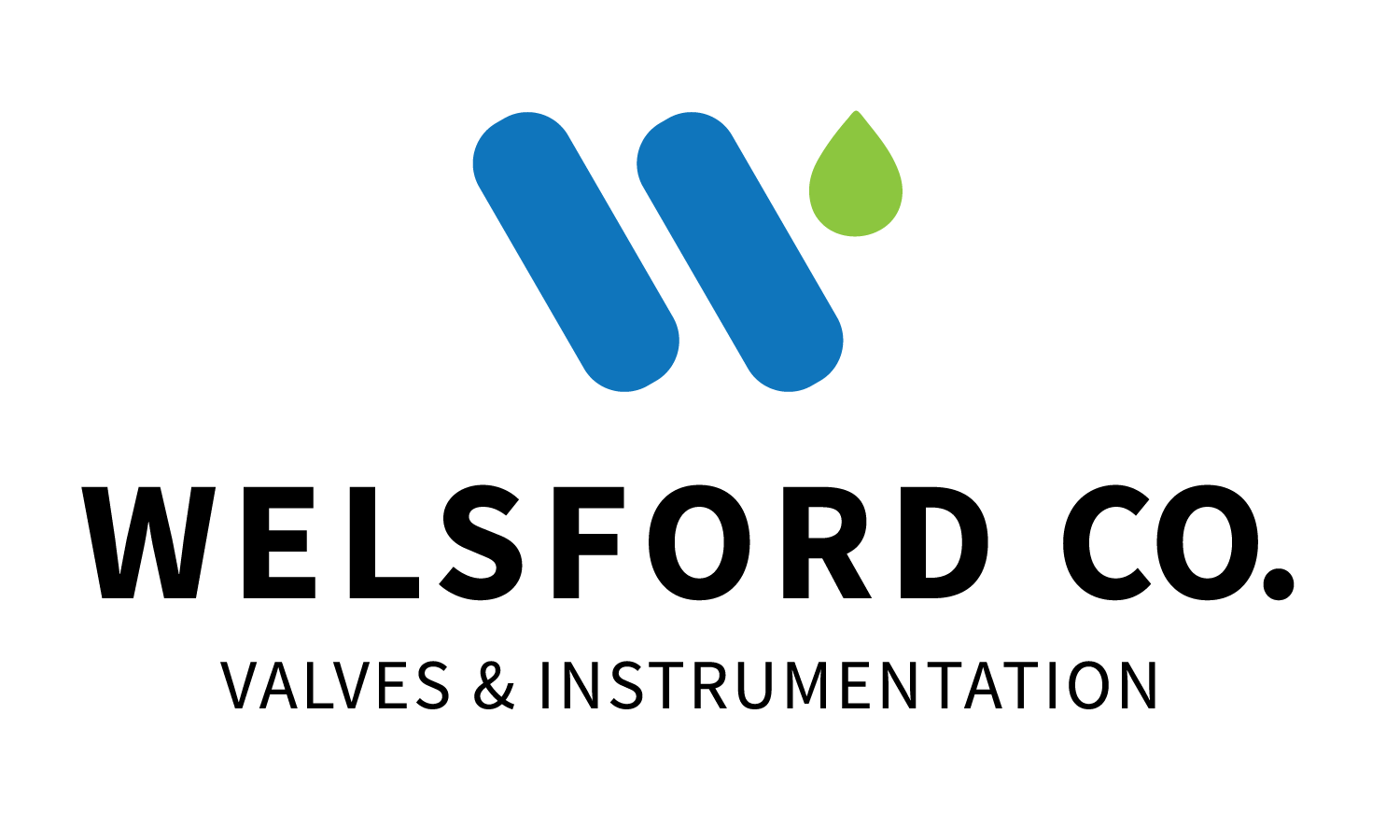Actuators explained: Types of actuators, application choice, maintenance
Learning Objectives
Learn about industrial actuator types.
Consider how to select the right actuator for the application.
Look at how to maintain actuators./li>
Industrial actuators require careful analysis of application requirements before choosing the right actuator for the application.
What is an actuator?
An actuator is a mechanical or electro-mechanical device that converts energy from a control signal into mechanical motion. In simpler terms, an actuator is a device that allows controlled movement or positioning.
Actuators need a control signal and a source of energy to bring about mechanical motion. Actuators use an energy source – such as electrical, compressed air, or hydraulic pressure – and a control signal that can be manual, an automatic electronic system, a fixed mechanical system, a software-run system or a robotic control system.
From regulating the flow of fuel to a gas turbine, to operating valves and hydraulic cylinders in industrial plants, actuators serve the general purpose of controlling movement, and are a key component in several industrial valve control applications.
What are different types of actuators? Actuators are classified according to the type of motion they produce and the type of power or source of energy they use to control the application.
Types of actuators: Based on motion
Actuators can create two main types of motions – linear and rotary.
Linear actuators: Linear valve actuators are used to turn electric, pneumatic, and hydraulic energy into a push-and-pull motion or linear movement. A linear actuator can create both a forward and backward movement on a set linear plane. Most of the equipment found in food and beverage processing plants that require a straight motion use linear valves to control the flow of raw materials and finished products.
Rotary actuators: Rotary actuators move in a circular motion. Machines that have rotating parts have a rotary actuator to complete a turning movement on a circular plane. Rotary actuators are extensively used on control valves and ball valves. A rotary actuator can keep rotating in a given direction and they can go back and forth. Rotary valve actuators are often used in the oil and gas industry.
Linear and rotary actuators may be used together in instances where a mechanism necessitates operation in two planes of motion, requiring both rotational movements, clockwise and counterclockwise, as well as linear movement up and down.
Six types of actuators – Source of energy
The different types of actuators classified according to the source of energy are given below
Pneumatic actuators: Pneumatic actuators use a vacuum or pressurized gas to act as a piston inside a cylinder to create mechanical movement.
There are single-acting cylinders that have one port where pressurized gas enters in one direction. The compressed air forces the piston to move in one direction compressing a spring which is fitted to the piston. Double-acting cylinders extend and retract without a spring and have two ports where air can enter in and out.
Pneumatic-powered actuators are preferred because they are safe, generally fast, cost-effective and can produce large amounts of torque with small pressure changes. Due to the high pressure involved to power a pneumatic actuator, these valves respond quickly, and are the preferred choices in applications where you need to stop and start the main controls immediately.
Among many other uses, pneumatic actuators are often employed on valves used to control cooling water flow in power plants.
Electric actuators: Electrical actuators require electrical energy to enable movement. Being driven by an easily available energy source, electric actuators are considered to be more energy-efficient and clean.
The largest issue with electrical actuators is they can overheat if there are extreme changes in duty cycle. Slower speeds due to inertia also make it less popular in certain applications. Some of the commonly used applications are in the opening and closing of butterfly or ball valves. Electrical actuators are further divided into electromechanical actuators and electrohydraulic actuators.
Electromechanical actuators: These actuators convert electric signals into rotary movements, linear movements, or a combination of the two. Electromechanical actuators are accurate, have a longer lifespan and require low maintenance.
Electrohydraulic actuators: These actuators are powered electrically, but give movement to a hydraulic accumulator, which in turn provides the force for the movement. When these actuators are used, there is no need for a separate hydraulic pump; this lowers the cost, and enhances reliability and safety.
Hydraulic actuators: Hydraulic actuators have a cylinder, or a fluid motor with a piston, that uses hydraulic power to generate mechanical motion. The mechanical motion in turn is converted to linear, rotatory, or oscillatory motion as per the application.
Liquids are almost incompressible; the density changes caused by pressure and temperature are negligible. For this reason, the amount of torque generated from a hydraulic actuator valve is high, making it very powerful. There are single-acting hydraulic actuator valves that apply pressure on one side of the pistons, moving it in the opposite direction. A spring would be necessary for the reverse motion. On the other hand, double-acting hydraulic actuators apply pressure on both sides of the piston for a movement from both sides.
Some applications where hydraulic actuators are used are in the main stop and control valves for high-pressure steam turbine piping.
Magnetic actuators: Magnetic actuators make use of magnetic effects to generate mechanical force, a rotary or linear motion, continuous or limited motion. Magnetic actuators are found in a wide range of HVAC applications to shut off or mix fluids and steam.
Thermal actuators: A thermal actuator generates linear motion in response to temperature changes, using a piston and a thermal sensitive material.
Thermal actuators are widely used in applications where fluid mixing and diverting is necessary, and in safety shut-off processes where it is required to open or close a valve based on a temperature set point.
Thermal valve actuators can function even if there is a power failure and are reliable and safe as they are not subjected to short circuits.
How to select the right actuator
Every actuator has a unique purpose and energy requirement. It is important to understand how each actuator works to choose the right valve actuator.
Take a look at the following points to select the right actuator:
Power source: One of the most important factors in selecting the right valve actuator is the power source available. For an industrial site with an uninterrupted pressurized air source, the right one to choose would be a pneumatic actuator. However, if there is no pressurized air available, you can choose an electric or hydraulic type.
Required movement: Another significant consideration when choosing an actuator is the required movement for your application. Determine the range of movement you need for your equipment – linear, rotary, or a combination of both – and choose the right actuator for the valve.
Precision: Some industries require a higher level of precision and repeatability than others. Pneumatic actuators are a superior choice for specific movements.
Safety – NEMA rating requirements: Safety should be another crucial factor when selecting a valve actuator. It is important to know what type of environment the actuator will be used in. You need to take the NEMA rating requirement into account and follow the NEMA guidelines to improve safety.
NEMA enclosure ratings explanations
The most common NEMA ratings are NEMA 4, 4x, and 7.
NEMA 4 enclosures are intended for either indoor or outdoor and provide a degree of protection to personnel against incidental contact, are watertight – protection against falling dirt, rain, sleet, snow, windblown dust, splashing water, and hose directed water – and external formation of ice.
NEMA 4X enclosures are the same as NEMA 4, but provide an additional level of protection against corrosion.
NEMA 7 enclosures can be used in areas with specific hazardous conditions and can withstand the pressures resulting from internal explosion of gases and meet explosion, hydro-static and temperature design test specifications.
For instance, operating an electrical actuator close to a water source, without protective sheaths and other safety measures, may be dangerous.
Maintaining an actuator
Actuated valves, like other industrial plant equipment, are subjected to hazardous environments, wear and tear. All valve actuators should undergo preventive maintenance to:
Increase the longevity of the valve actuators.
Increase the reliability of the actuator.
Identify any problems before they occur and affect the operation.
Reduce maintenance costs.
Prevent major shutdowns and downtime.
The following points need to be considered when maintaining an actuator:
Externally inspect your actuators regularly for wear and tear.
Check for leaks and hydraulic fluid levels. If you find loose or damaged parts in your actuator, replace them.
Check performance by analyzing automated graphs and output computation.
Actuators are used widely in many industrial and other applications. Careful analysis of the requirements must be done before choosing the right fit for the actuator application’s purpose.

